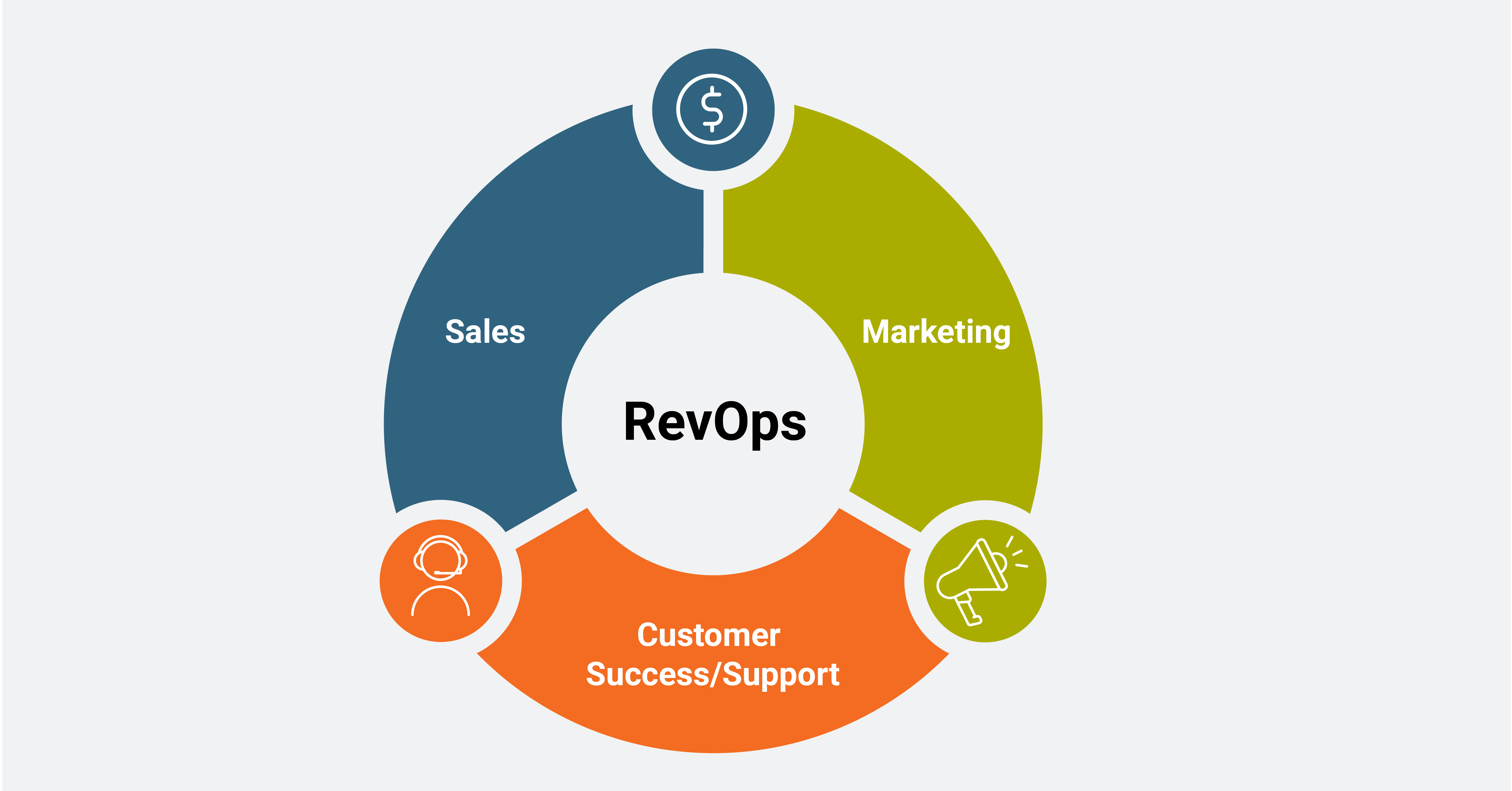With Blender v3.0, a polished and vastly-improved version of everybody’s favorite 3D animation and modeling software, now available, we thought we’d take a look back at the history and evolution of Blender.
Who Invented Blender?
Blender was originally a product of a Dutch animation studio by the name of NeoGeo. After blazing his way through continental Europe, co-founder Ton Roosendaal felt a need to raise the bar on the software that he and his team used to carry out their work.
One of the things that helped Roosendaal find so much success at the helm of NeoGeo, even before Blender’s official inception was the proprietary 3D rendering and animation software that came before it, crafted for the company in-house under Roosendaal’s supervision.
He was the catalyst force driving this new mission to totally revamp the platform that they were already using at the time. They got the ball rolling in 1995, but it took several years to accomplish what they had set out to do.
Blender’s Road to Freedom
After three years of technical work, Roosendaal instated a subsidiary company running alongside NeoGeo to promote Blender specifically. This daughter brand, Not a Number, was the precursor from which Blender as a company would eventually evolve in its own right.
Not a Number’s goal was simple: to provide a premium 3D modeling and animation system for free to anybody interested in learning. Blender, marketed under Not a Number, made its exhibitive debut in 1999; an appearance at the SIGGRAPH convention for computer graphics and software.
The professional community at large was sold. It was incredibly well-received and an enormous success.
It hasn’t all been roses, however—financial trouble, issues with investors, and a clammy market led to more than a few hiccups along the way.
Before Blender went full-on open-source, the company struggled to find its demographic as a paid service. While the interest was there on a professional playing field, customers in the laity were hard to come by, and Blender’s initial sales were poor. Not a Number actually went under before Ton got the Blender Foundation as we know it today up and running.
Thankfully, by 2002, the collective had stabilized. This new non-profit organization was driven by a passionate vision of accessibility, quality, and the creative spirit. Less than two months after starting the foundation, the group was able to raise over 100,000 Euros on behalf of a truly open-source future for the application.
The rest, as they say, is history. And Blender remains one of our favorite ways to create to this day.
The Blender Legacy
Two decades later, Blender has released its long-anticipated third version. It’s still got everything that we love about Blender, as well as many new features that extend its reach greatly.
After dozens of open-source releases, Blender has truly built itself around the needs of the average user. It delivers Hollywood-level 3D imagery without asking for a thing in return. And, for that, we salute it.
Read Next
About The Author





